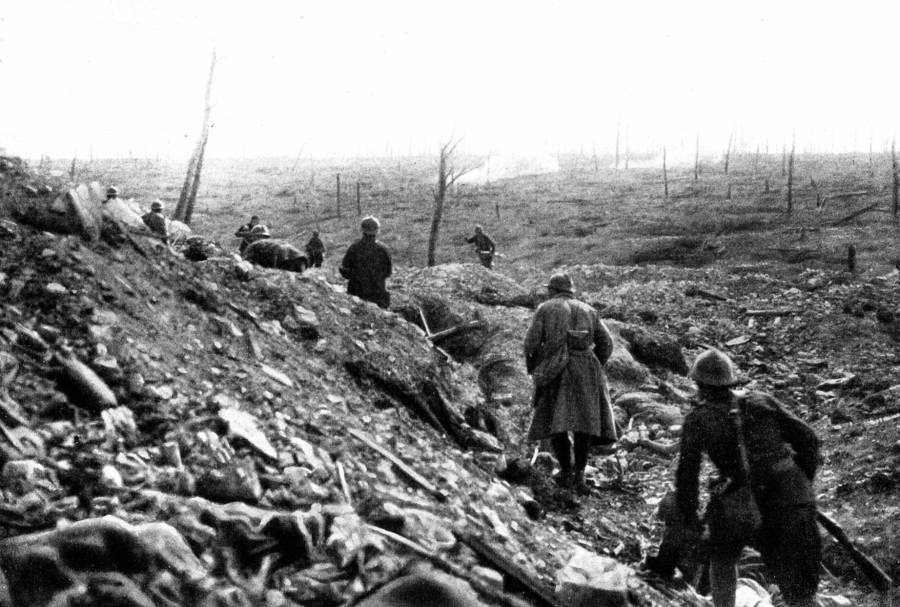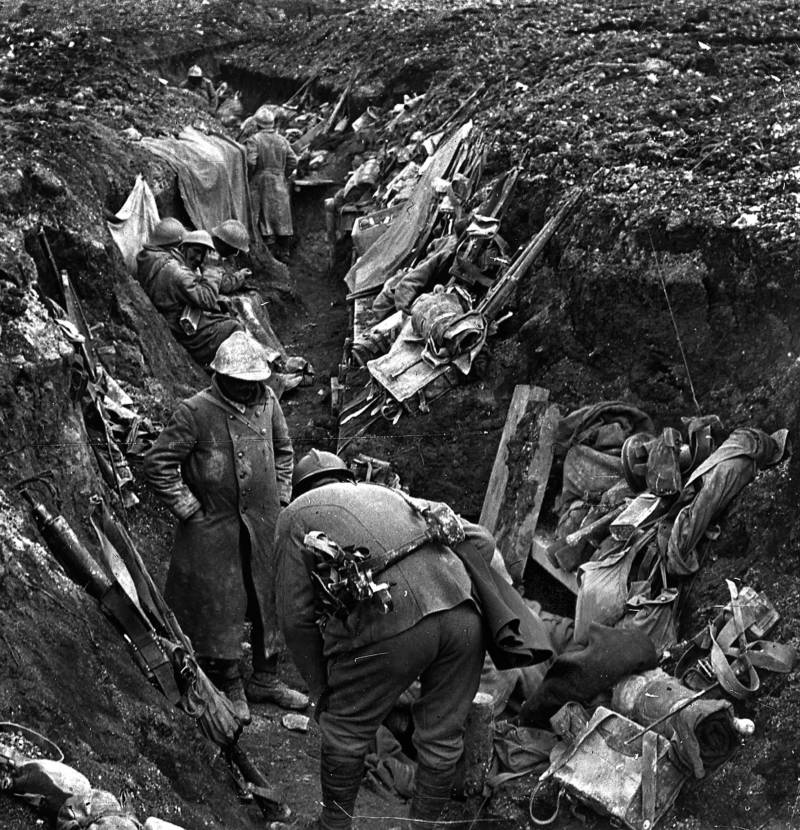

Second time in Germany: | To the Rhine | Breakout from the Rhine | Ruhr Pocket | Post-Combat |Īnd how young they looked when they died, Vith | Manhay-Grandmenil | Jan 1945 Rest | Return to St. Netherlands and first time in Germany: | Heerlen and Linnich: 9 Nov- |īelgium: | St. | Contents | Loc Not Yet Known | Training |įrance: | 203AAA pre-7AD | Chartres | Dreux | Seine Crossing | To Verdun | Metz | 7th Armored Division - European Continent Deaths in World War II - Grouped By Location and Date: Who Died Where and When?Įuropean Continent Deaths in World War II How did the soldiers cope with it all? A map of the area reveals the sinister names given to nearby forts and commemorating clashes that occurred in the area: Mort-Homme (Dead Man’s Hill), Froideterre (Cold Land), Bois Bourrus (Scraggly Woods), Bois Corbeau (Raven Woods), Ravin de la Mort (Ravine of Death).U. It’s cold and raining, and the wind has started blowing in harsh gusts. Here and there, a gutted bunker quietly withers away beneath the moss. I try to imagine how horrific it all must have looked a century ago: black fields of uncovered soil, scarred with shell holes and bristling with barbed wire… A martyred landscape strewn with gunpowder, shrapnel, feces, blood, and corpses. The long, interconnected galleries, now lined with trees and mushrooms, are deep enough to stand up in.

A little farther on, trenches are still visible in the nearby woods. Two monuments, one at each end of the cemetery, pay homage to the Jewish and Muslim soldiers who died for France. Most of the victims were under 25 years old. They are the names of boys raised in the French countryside, a generation sacrificed. Others are more common: Joseph, Henri, Georges, Emile.

Looking out at the sea of crosses gives a vague idea of the scale of the massacre – 300,000 dead, but how many widows, orphans and mothers were left grieving? Some of the names on the graves, such as Archimède, Florimond, and Alzyre, are relics of a bygone era. In the Great War, however, he was the hero of the French resistance at Verdun, who fired up his troops with his famous line: “Stay strong, we will prevail!” Transport along the sacred road was organized by Philippe Pétain, who, sadly, is better remembered today for collaborating with the Nazis during World War II. At the height of the battle, there were 8,000 trucks running non-stop along the road every day – one vehicle every fourteen seconds – transporting men and supplies to the battlefront under France’s “noria” system of rapid troop rotation. Today, it’s a two-and-a-half-hour drive from Paris. Verdun, a strategic point of defense, was connected to the rest of the French army only by a narrow dirt road, the “RD 1916,” or as the French called it the “ Voie Sacrée” (Sacred Road).

Fast-forward to 1916: On February 21, the French defenses were battered by an artillery attack of unprecedented scale – the biggest in history. In a much smaller battle, the Germans – Prussians at the time – had broken through the French line of defense and begun making their way towards Paris, but were eventually stopped in Valmy. They would attack Verdun and, in the words of General Erich von Falkenhayn, chief of the German General Staff, “bleed the French Army dry.” Why Verdun? It was a symbolic location, as both sides had already fought there in 1792, during the French Revolution. The Germans were planning a major offensive that they believed would be unstoppable. Germany was looking to boost morale among its troops after two years of fighting and losses at the Marne River and the Argonne Forest. Even 105 years later, visitors to Verdun can still feel the horror.īy early 1916, the front line of this industrial war had stabilized. The battle left 400,000 wounded and 300,000 dead – one death every 90 seconds – and in the end, the front line remained virtually unchanged. Beneath that shower of shells, 2.3 million soldiers fought in the hills of the Meuse département in Northeastern France. The numbers are staggering and almost incomprehensible: sixty million shells fired over a period of 300 days and nights. February 21, 1916, marked the beginning of one of the most devastating battles of all time, a paroxysm of suffering, madness, and courage.


 0 kommentar(er)
0 kommentar(er)
